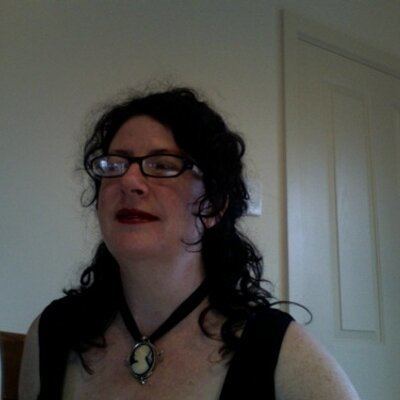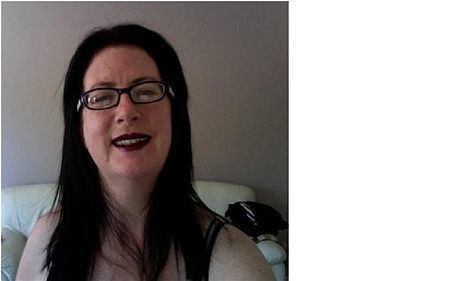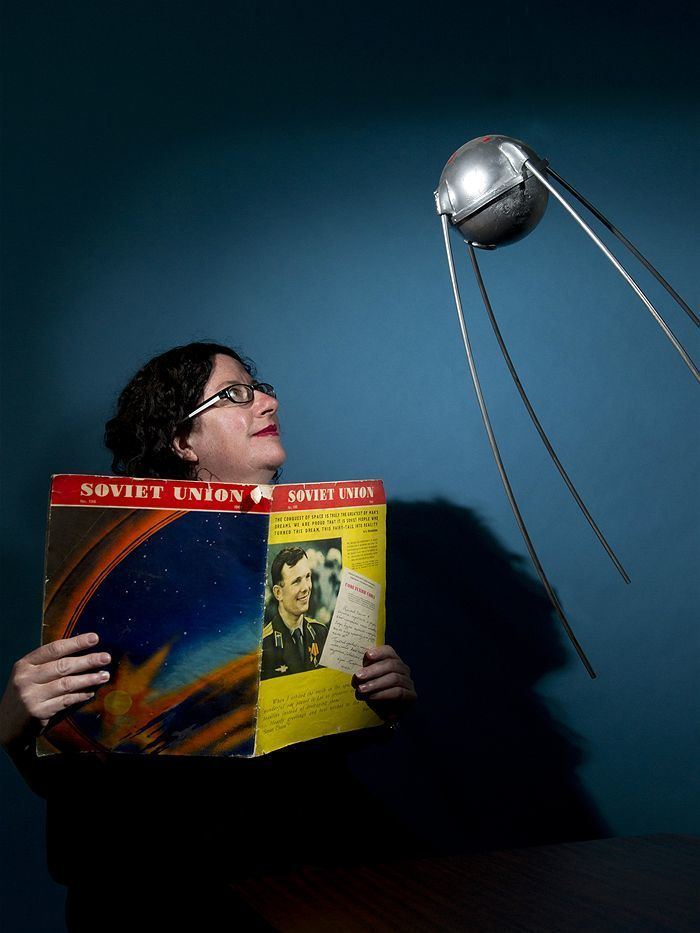Name Alice Gorman | ||
 | ||
Space archaeology alice gorman tedxsydney
Alice Gorman (born 1964) is an Australian archaeologist, heritage consultant, and lecturer, who is best known for pioneering work in the field of space archaeology and her Dr. Space Junk blog. Based in the department of archaeology at Flinders University, she is an expert in Indigenous stone tool analysis, but better known for her research into the archaeology of orbital debris, terrestrial launch sites, and satellite tracking stations. Gorman teaches modern material culture studies, cultural heritage management, Australian stone tools, and archaeological laboratory methods, as well as supervising a number of Masters and Ph.D. students.
Contents
- Space archaeology alice gorman tedxsydney
- Oemf2015 day 1 dr alice gorman dust mitigation in lunar mining cultural heritage implications
- Traditional archaeology
- Space archaeology
- Publications
- References

Oemf2015 day 1 dr alice gorman dust mitigation in lunar mining cultural heritage implications
Traditional archaeology

Gorman was graduated from The University of Melbourne in 1986 with a B.A. (Hons) before working as an archaeological consultant in the Indigenous heritage management sector. She returned to study in the late 1990s and obtained a Ph.D. from The University of New England in 2001. Her doctoral thesis examined how archaeologists can identify tools used in body modification through wear and residue analysis. After graduation, she continued working as a heritage consultant until receiving a permanent academic position at Flinders University in 2005. Gorman continues to work in the Indigenous heritage management sector on short-term contracts.
Space archaeology
From an early age, Gorman wanted to be both an astrophysicist and an archaeologist. While she ended up pursuing a career in archaeology, she has reconciled the two by turning her research focus onto the archaeology of space exploration, or simply, space archaeology (for the use of satellite imagery to examine archaeological sites and landscapes, see remote sensing). In 2003, she took part in the first conference session on space archaeology at the Fifth World Archaeological Congress with John Campbell and Beth Laura O'Leary.
Since the mid-2000s, she has produced a number of publications on space archaeology and is credited for pioneering the concept of space as a cultural landscape and the application of cultural significance assessment to "space junk". She has also considered the contribution of Indigenous people to global space exploration and the archaeological signatures of this interaction.
Gorman's space archaeology research includes the oldest satellite still in orbit, Vanguard 1, the Woomera and Kourou terrestrial launch sites, and the Orroral Valley NASA Tracking Station. In 2013, Gorman received recognition for her work on the archaeology of space when she was invited to present at TEDx Sydney.
Gorman is a member of the faculty of the International Space University, an assessor for the Australian Research Council, and a member of numerous space and archaeology organisations. She writes regularly for The Conversation, where she details much of her space archaeology research for a general audience. Her work has been included in the 2013 Science Online anthology and the collection of Best Australian Science Writing 2013.
